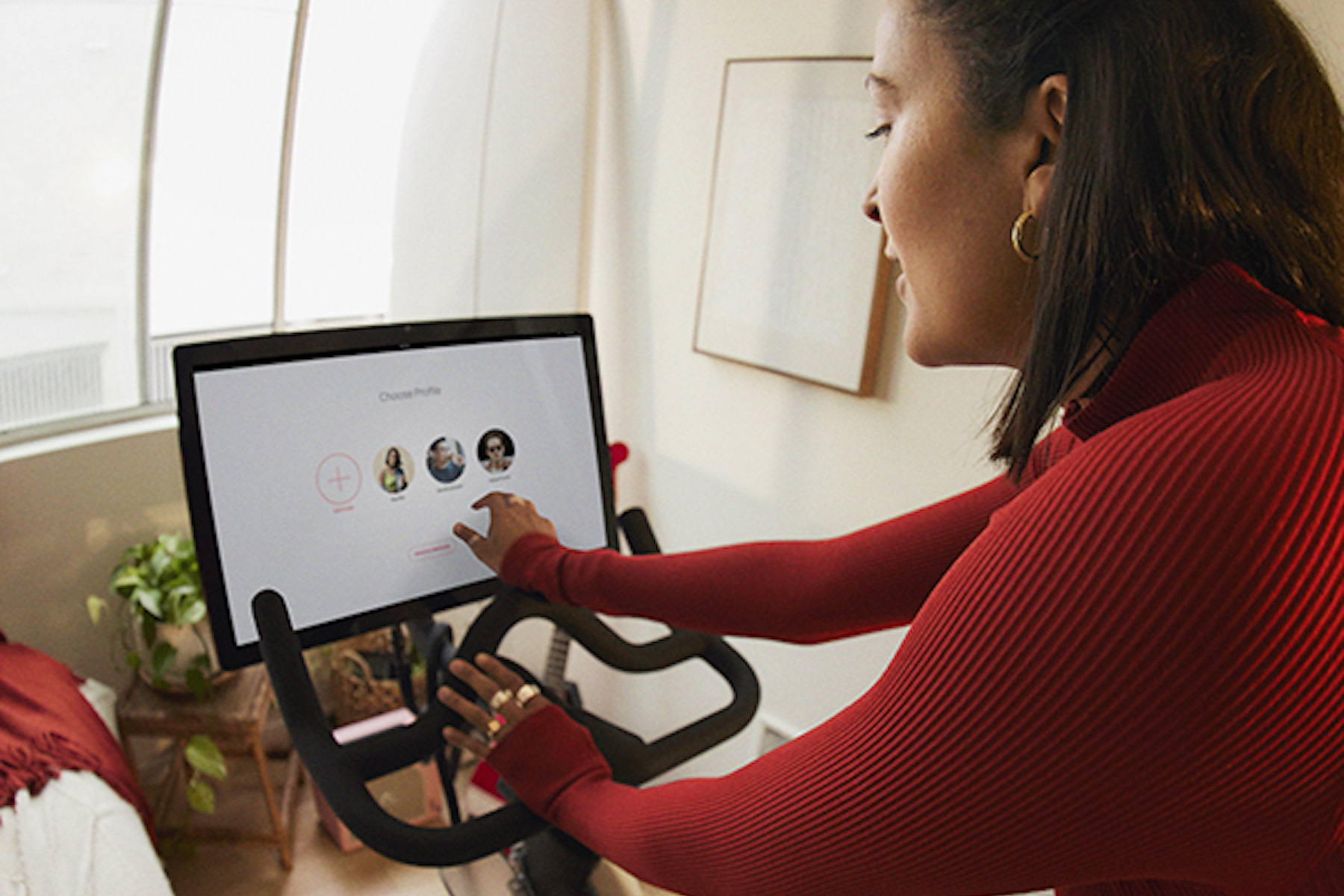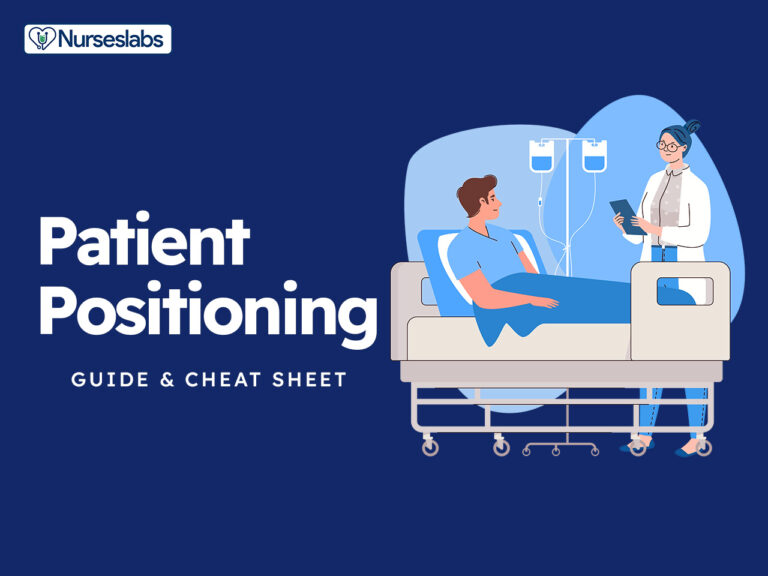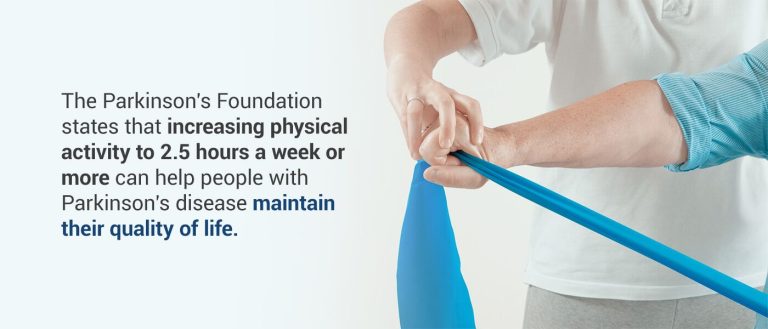Will Walking Help Lower Blood Pressure : The Ultimate Guide
Yes, walking can help lower blood pressure by improving circulation and reducing stress levels. Regular walking can lead to a healthier heart and lower blood pressure over time.
Improving your cardiovascular health through walking can have a positive impact on your blood pressure. Studies have shown that moderate-intensity walking for 30 minutes most days of the week can help manage high blood pressure. As a low-impact exercise, walking is accessible to people of all fitness levels and can easily be incorporated into daily routines.
This simple and cost-effective form of physical activity not only contributes to weight management but also promotes overall well-being. So, lace-up your shoes and take advantage of the benefits that walking can provide for your heart health and blood pressure levels.

Credit: www.onepeloton.com
Benefits Of Walking
Walking is an effective way to lower blood pressure and improve cardiovascular health. Regular walking helps to decrease blood pressure levels and contributes to overall well-being.
Walking is a simple, low-impact exercise that offers numerous benefits for your overall health and well-being. Incorporating regular walks into your routine can have positive effects on your cardiovascular health, aid in weight loss, and improve your overall quality of life.
Improves Cardiovascular Health
Regular walking has been shown to significantly improve cardiovascular health. When you walk, your heart rate increases, promoting better circulation and strengthening your heart muscle. This helps to lower your blood pressure and reduce the risk of heart disease.
Aids In Weight Loss
If you’re looking to shed some extra pounds, walking can be an effective form of exercise. Walking burns calories and helps to boost your metabolism, making it easier to achieve and maintain a healthy weight. Plus, it’s a low-impact exercise, making it accessible to people of all fitness levels.

Credit: nurseslabs.com
Effects On Blood Pressure
Walking is a simple yet effective form of exercise that has numerous benefits, including its impact on blood pressure. Understanding the effects of walking on blood pressure can provide valuable insights into the potential benefits for overall cardiovascular health.
Lowers Blood Pressure
Regular walking has been shown to lower blood pressure by helping to keep the arteries flexible and clear, which allows for better blood flow. This can lead to a decrease in both systolic and diastolic blood pressure readings, contributing to improved cardiovascular health.
Reduces Hypertension Risk
Consistent walking can significantly reduce the risk of developing hypertension, a condition characterized by elevated blood pressure levels. By engaging in physical activity such as walking, individuals can improve their overall cardiovascular health, which in turn lowers the risk of developing hypertension.
Walking Vs. Other Exercises
Walking is a simple yet effective way to improve health, but how does it measure up against other forms of exercise in lowering blood pressure?
Comparing Effects On Blood Pressure
- Walking: – Lowers blood pressure gradually through consistent movement.
- Other Exercises: – Can provide quicker results but may be more intense initially.
Suitability For Different Fitness Levels
Walking: – Suitable for all fitness levels, from beginners to advanced.
Other Exercises: – May require adjusting intensity based on individual fitness levels.
| Exercise Type | Suitability |
|---|---|
| Walking | Low to High Fitness Levels |
| Other Exercises | Variable, may require modification |

Credit: www.everydayhealth.com
Tips For Incorporating Walking Into Your Routine
Boost your heart health with regular walks to help lower blood pressure. Incorporating walking into your routine can aid in reducing hypertension and improving overall cardiovascular fitness. Start with short walks and gradually increase intensity for maximum benefits.
Setting Realistic Goals
When it comes to incorporating walking into your daily routine, it’s important to set realistic goals. Start by assessing your current fitness level and consider any health conditions or limitations you may have. By setting achievable goals, you’re more likely to stay motivated and make walking a consistent part of your life.
Begin by determining how many days a week you can commit to walking. Aim for at least 3 to 5 days, but feel free to start with just a couple if that’s more manageable for you. Next, decide on the duration of your walks. Start with shorter distances and gradually increase them as you become more comfortable and confident.
Remember, consistency is key. It’s better to have shorter, regular walks throughout the week rather than one long walk every now and then. By setting realistic goals, your walking routine will be sustainable and help you on your journey to lower blood pressure.
Utilizing Interval Training
Interval training is an effective technique that can enhance the benefits of your walking routine. By alternating between periods of higher intensity and lower intensity, you can challenge your cardiovascular system and improve your overall fitness.
To incorporate interval training into your walks, start by warming up with a few minutes of walking at a comfortable pace. Then, increase your speed or incline for a set amount of time, such as 1 minute. After that, return to your regular pace for a recovery period before repeating the cycle.
This interval training can be done multiple times during your walk, depending on your fitness level and preferences. Not only will it help you burn more calories, but it can also accelerate the reduction of your blood pressure. Remember to listen to your body and adjust the intensity and duration of the intervals accordingly.
Frequently Asked Questions On Will Walking Help Lower Blood Pressure
How Long Does It Take To Lower Blood Pressure By Walking?
Regular walking can help lower blood pressure within a few weeks. Aim for at least 30 minutes most days.
How Long Does It Take To Lower Your Blood Pressure?
Lowering blood pressure can vary, typically through lifestyle changes it may take a few weeks to months. Regular monitoring and adherence to treatment plans are essential.
What Is The Best Exercise To Lower Blood Pressure?
The best exercise to lower blood pressure is aerobic exercise, such as brisk walking, swimming, or cycling. These activities help strengthen the heart and improve circulation, leading to lower blood pressure levels. Regular physical activity can also help maintain a healthy weight, which is crucial for managing blood pressure.
Does Drinking Water Lower Blood Pressure?
Drinking water can help lower blood pressure. Staying hydrated helps maintain healthy blood flow and keeps blood vessels dilated, reducing pressure. Additionally, water can help flush out excess sodium from the body, which can contribute to high blood pressure. Stay hydrated for better blood pressure control.
Conclusion
Walking is a simple and effective way to help lower blood pressure. Regular physical activity such as walking has been shown to have numerous health benefits, including improved cardiovascular health and reduced risk of hypertension. Incorporating regular walks into your daily routine can contribute to better overall heart health and help manage or prevent high blood pressure.







